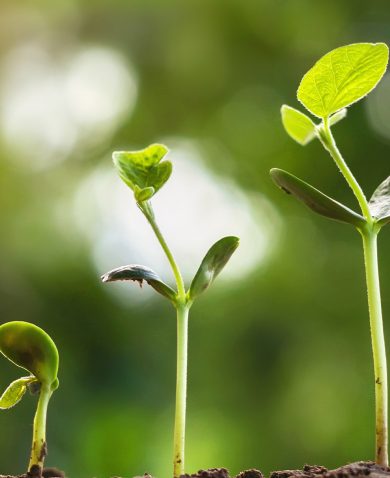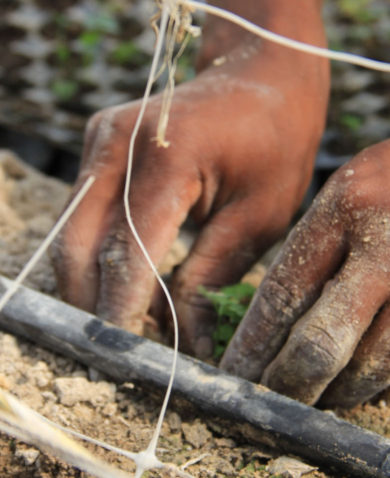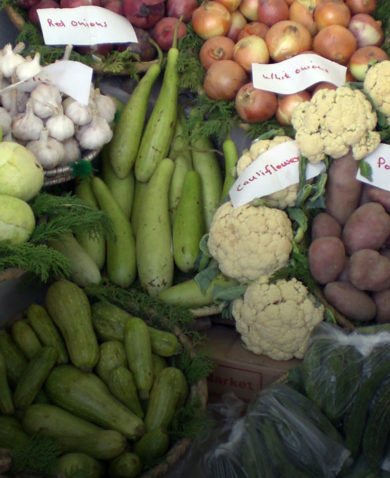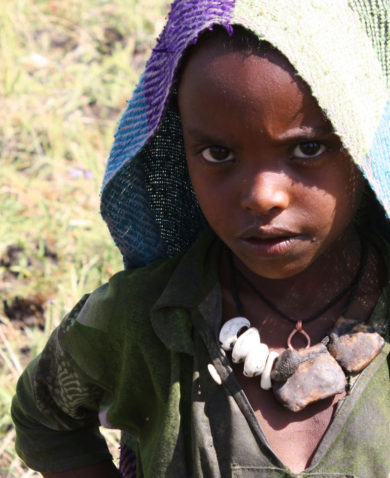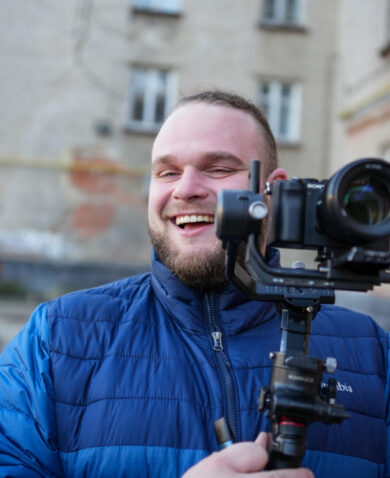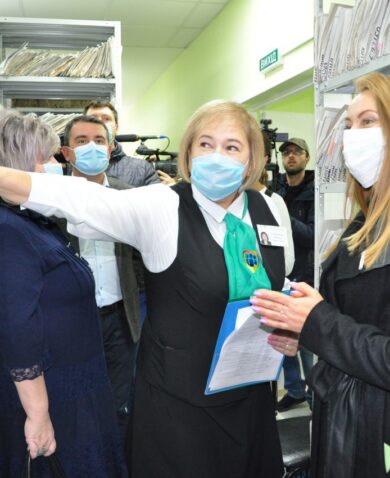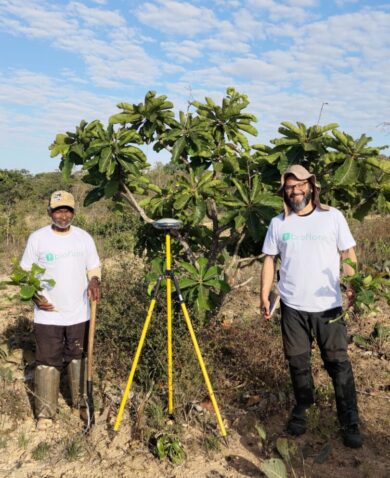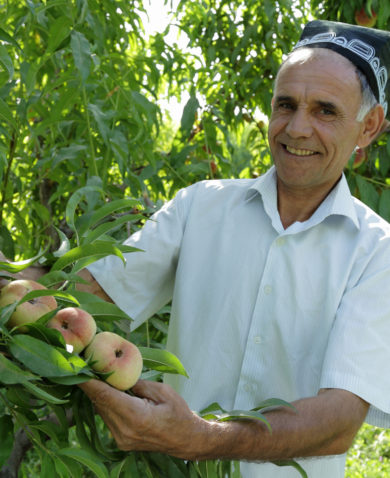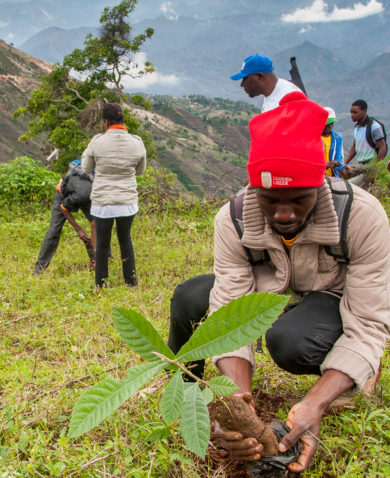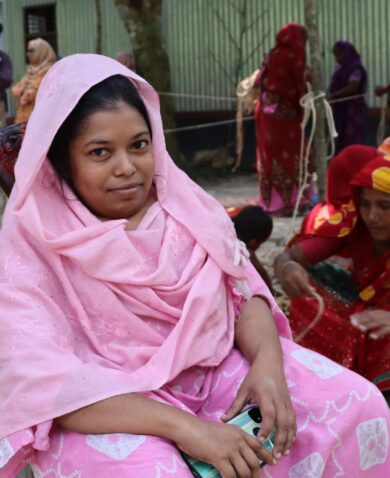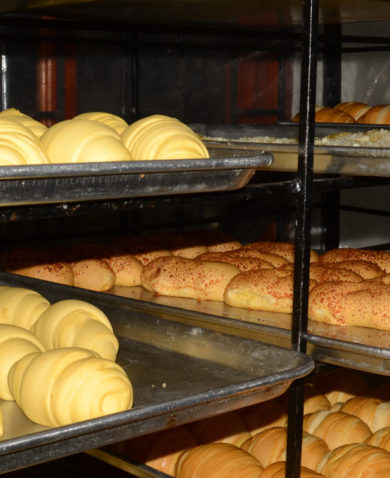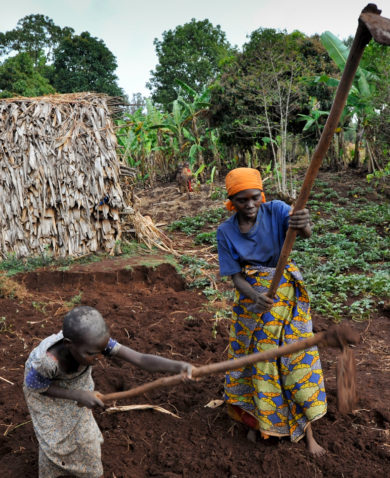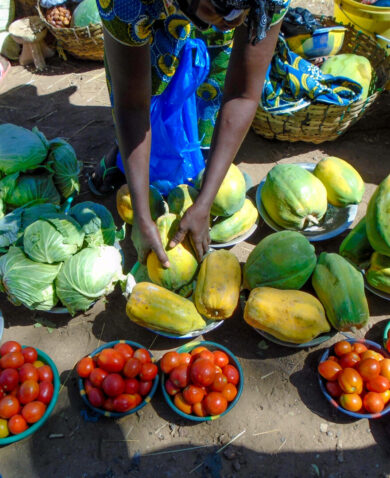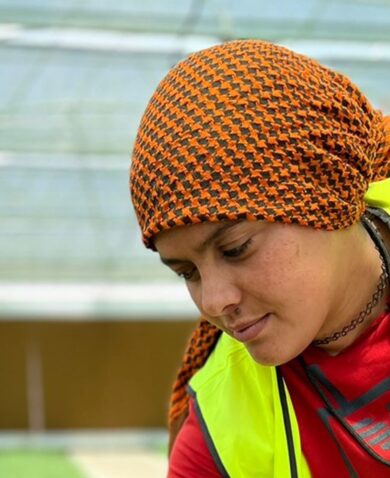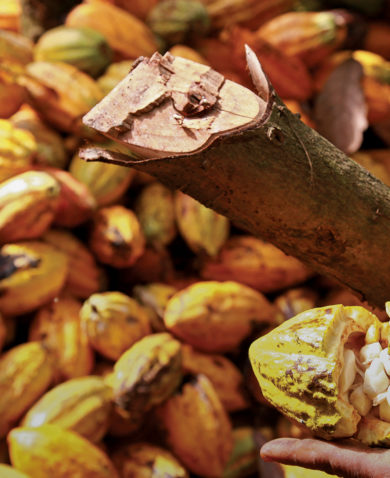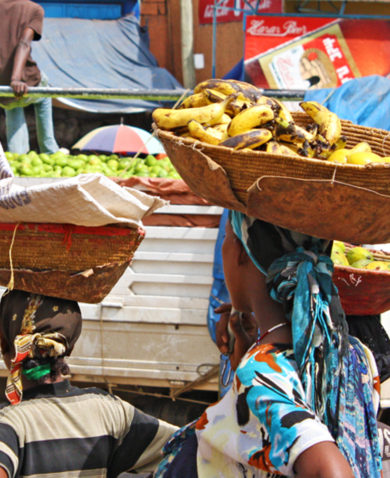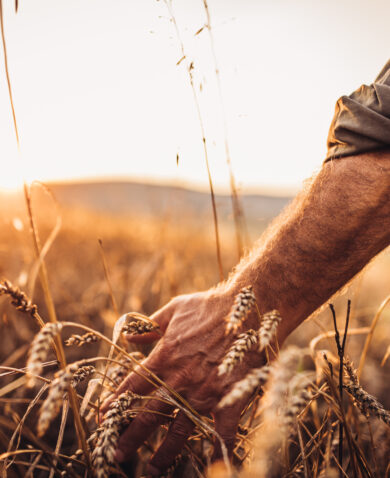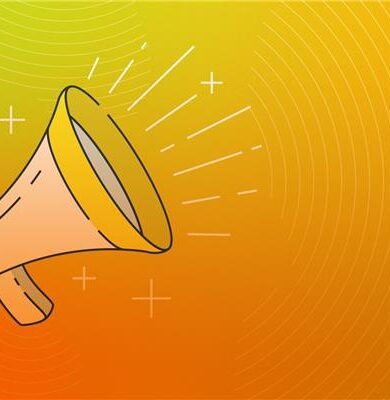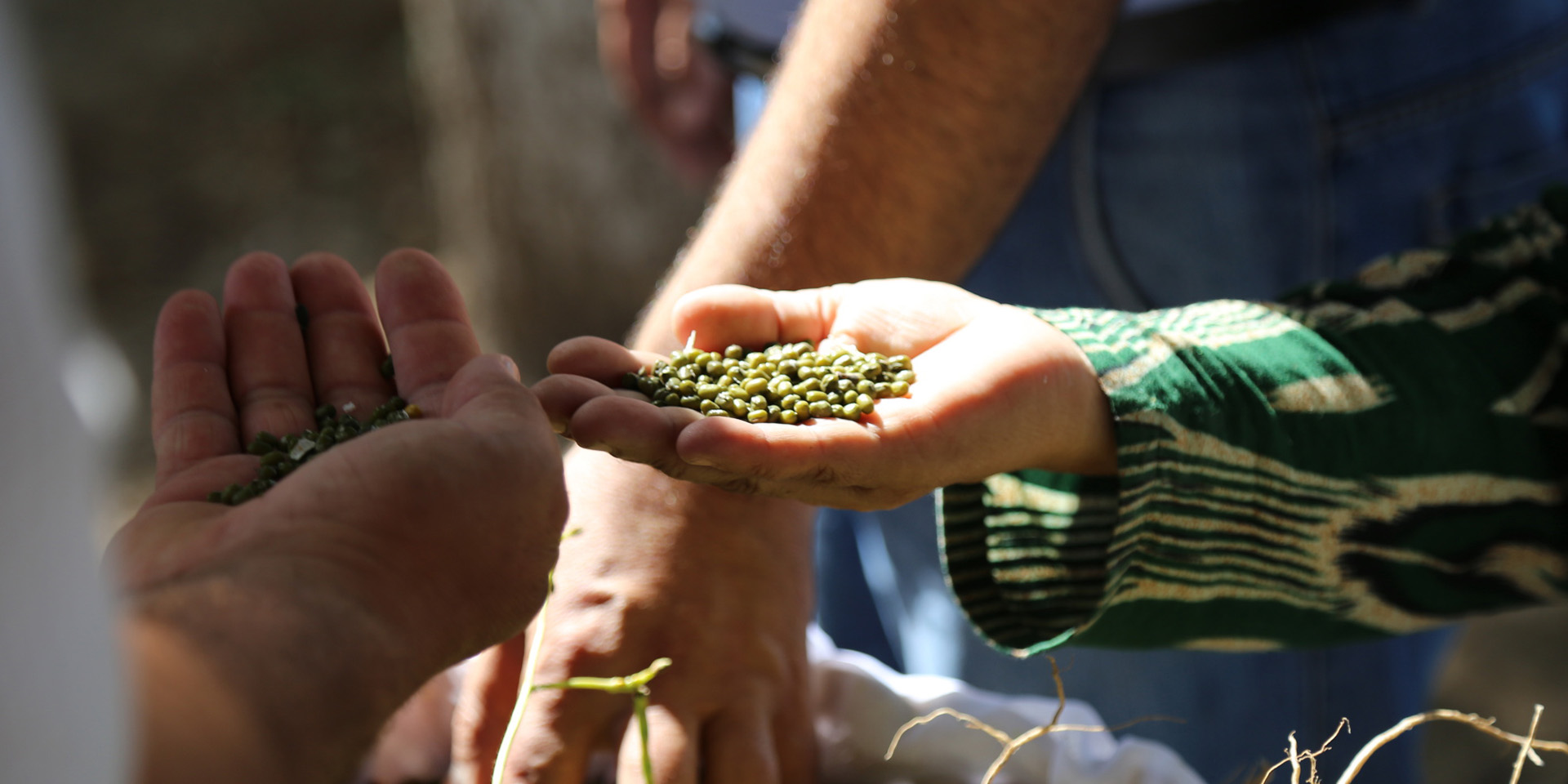
Improving Nutrition Doesn’t Necessarily Mean Introducing a New Crop
June 1, 2017 | 3 Minute ReadTo address dietary deficiencies in Tajikistan, farmers are looking at an old crop in a new way.
The livelihoods of rural households in Tajikistan are highly dependent on agricultural production, yet farmers are not able to produce enough food to meet their own needs. It is sadly ironic that in an area dominated by farming, malnutrition among children is common and also causes many health problems for women of reproductive age. Farmers in Khatlon Province invest a significant amount of their time and money in agriculture, yet they lack knowledge on how to increase production.
To improve the current situation, the Feed the Future Agriculture and Water Activity, implemented by Chemonics, assists entrepreneurs, farmers, and backyard gardeners to increase, diversify, and add value to the production, post-harvest handling, and processing of agricultural products to address dietary deficiencies and market surplus production in twelve target districts of Khatlon Province.
A baseline study conducted by the Feed the Future Agriculture and Water Activity revealed that Khatlon’s population, especially women and children, have a shortage of protein-rich food in their diets. Because protein is the main building material of our bodies, its function in human nutrition is very important for good health and immunity. It is especially important for growing children and for young women. To reduce malnutrition in Khatlon, project specialists suggested organizing demonstration plots on planting mung beans. As is true of many legumes, mung beans are very nutrient-rich and are extremely useful for health. They are rich in cellulose, vitamins (A and C), iron, and calcium, and are a good source of protein, fiber, antioxidants, and phytonutrients.
In addition, another primary benefit of mung beans is that they are already one of the most popular varieties of legumes in many regions of Tajikistan. Yet despite the fact that farmers have planted this crop for many years, they still lack skills and knowledge of best practices. The method many Tajik farmers use for planning legumes is a traditional technique known as solid planting, which requires an unreasonable quantity of seeds and a lot of work by the farmer, who is repaid with a low harvest. This presented an opportunity to improve nutrition without needing to introduce a new crop, by supporting farmers to get more out of their existing mung bean harvests.
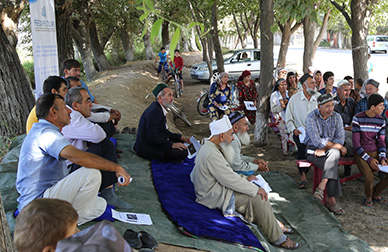 To give mung beans a boost, the project organized demonstration plots in twelve districts of Khatlon Province in Tajikistan. The project specialists provided regular training sessions on new techniques and best practices for growing mung beans, including how to increase mung bean harvests through the use of improved seed, proper seed and row spacing, and the use of the drill sowing technique. In addition to the training sessions, participants received new mung bean recipes and information on the nutritional value and economic advantages of producing mung beans.
To give mung beans a boost, the project organized demonstration plots in twelve districts of Khatlon Province in Tajikistan. The project specialists provided regular training sessions on new techniques and best practices for growing mung beans, including how to increase mung bean harvests through the use of improved seed, proper seed and row spacing, and the use of the drill sowing technique. In addition to the training sessions, participants received new mung bean recipes and information on the nutritional value and economic advantages of producing mung beans.
As a result of applying these new techniques, the harvest of mung beans in most of the demonstration plots increased nearly six times — a veritable nutrition jackpot. Rajabmo Nazarova, one of the demonstration plot owners, shared her impression of the harvest: “Last year, when I planted mung beans, I planted 50 kilograms of seeds and received only 450 kilograms of harvest. This year, I was trained by the Feed the Future Agriculture and Water Activity specialists and received 2,800 kilograms of harvest from the same area of land using 22 kilograms of seeds.” Demonstration plot owners sold most of the harvest in the local market, making a considerable income. They also kept the surplus for family consumption and the seeds for the next planting season. Both outcomes have the potential to improve nutrition in Khatlon. Selling the crop increases the availability of nutritious food in local markets and provides farmers with more income to spend on a diversified diet, and having a surplus left over for consumption is an obvious benefit for nutrition.
As lack of knowledge among farmers of how to increase production is still a challenge in Khatlon Province, the project is planning to introduce a voucher program during the next season that will cover about 300 hectares of land by providing inputs to more than 300 farmers. In addition to providing vouchers, the activity will share knowledge and best practices based on the successes of the demonstration plots. The project will support the farmers with good-quality seeds and fertilizer and expects the voucher program to lead to a total harvest 450 to 500 metric tons, creating an economic profit of 4.5 to 5 million Tajik somoni or more than $500,000 USD. In a province as malnourished as Khatlon, this opportunity to improve the diets of families and increase incomes is hard to overstate.






